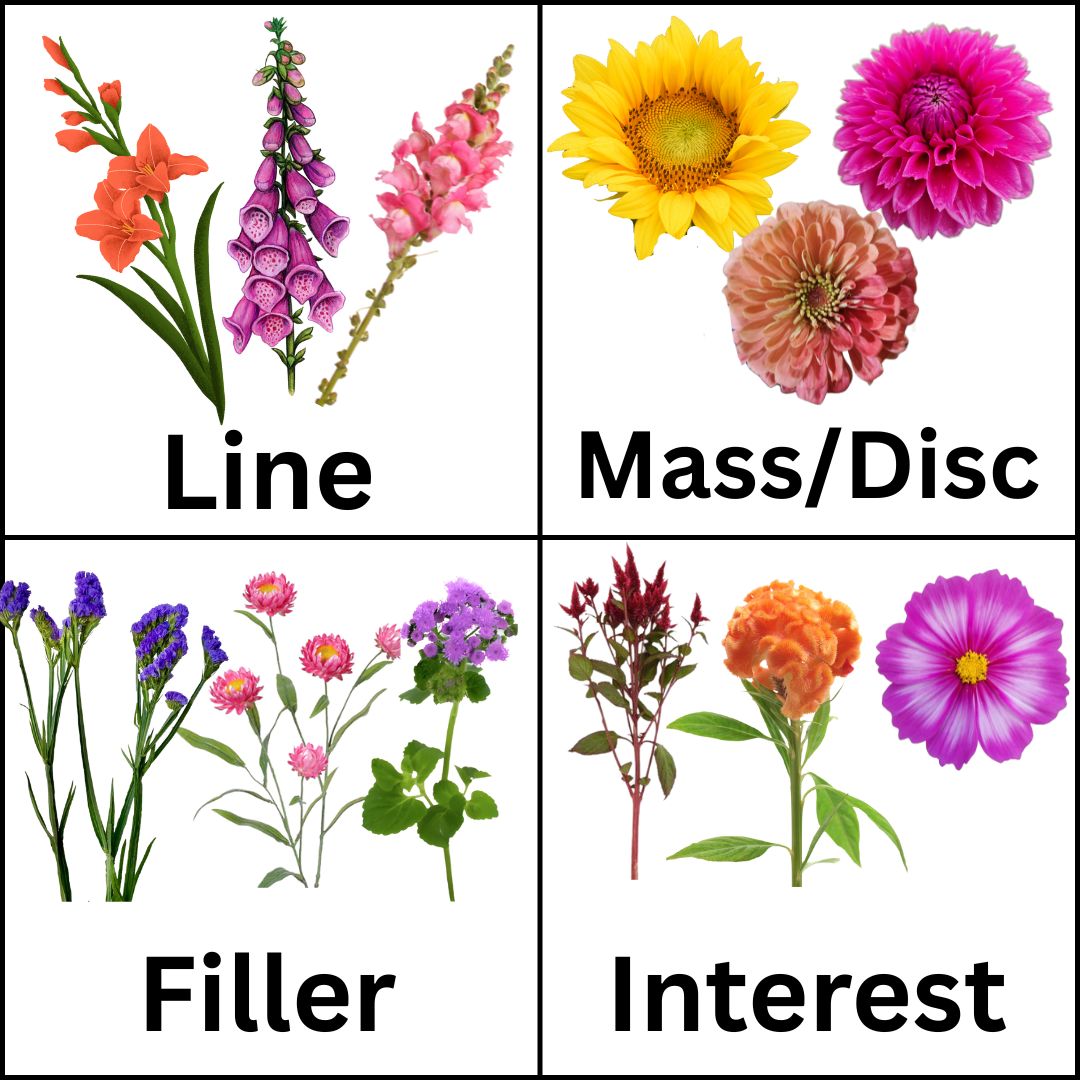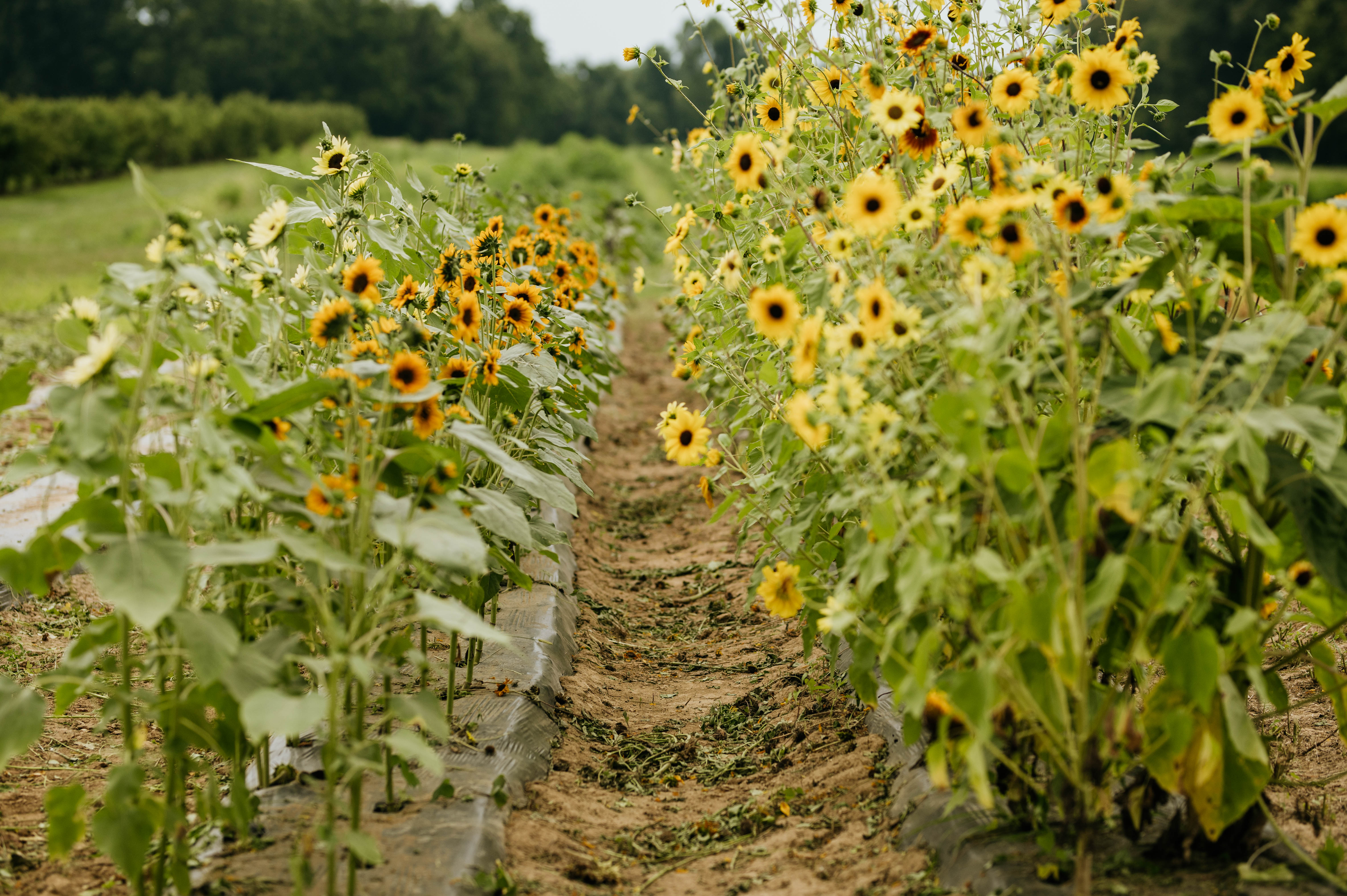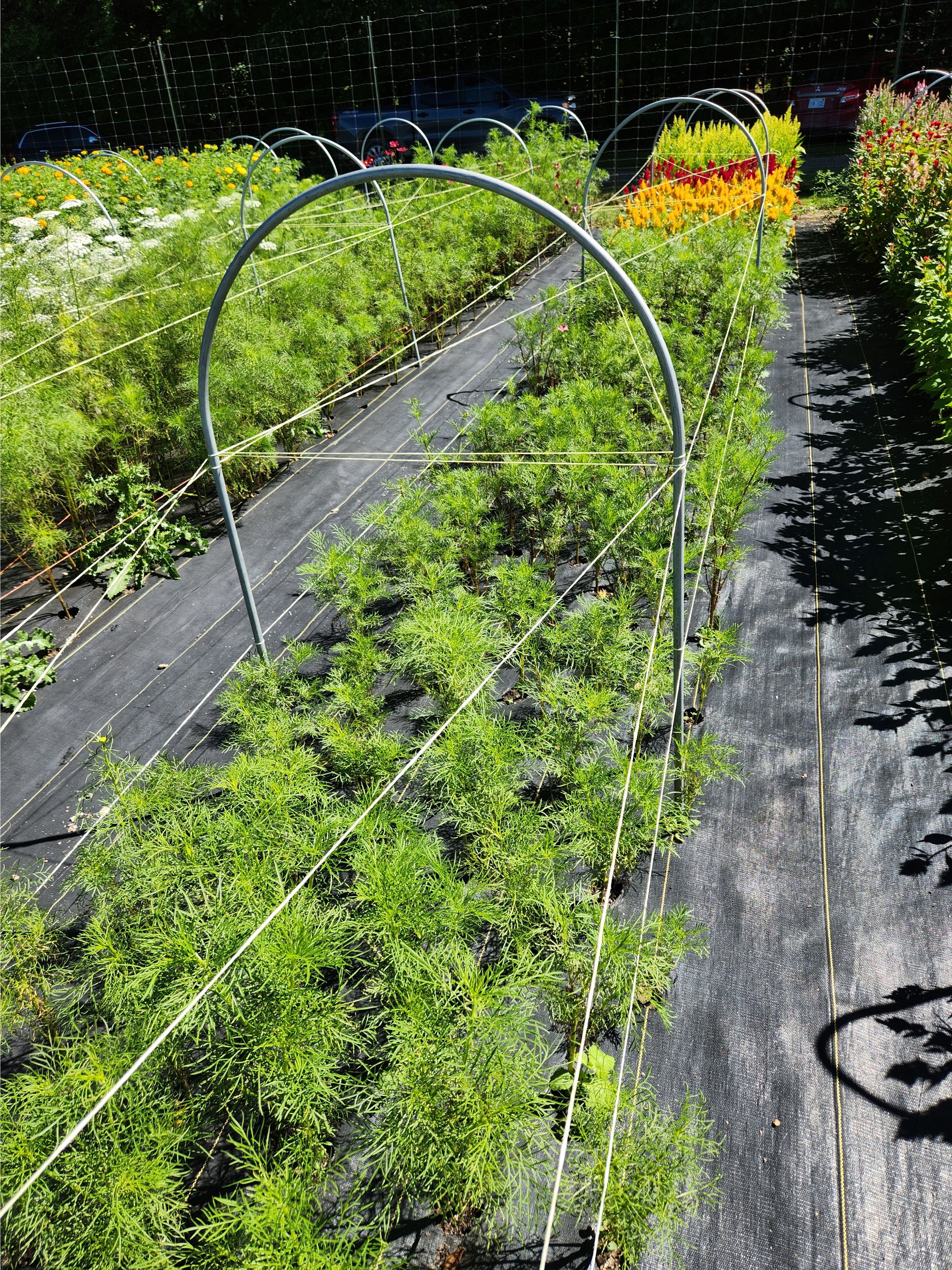Tips for growing and maintaining cut flowers in your garden
Learn how to grow healthy cut flowers and keep them blooming with key maintenance techniques like pinching, deadheading and support.

A well-maintained cut flower garden can bring lasting beauty to your landscape and fresh bouquets into your home all season long. Unlike ornamental flower beds designed for visual appeal, cut flower gardens are grown with a harvest in mind—and that requires a bit of extra care and technique.
By selecting the right plants and practicing a few essential maintenance steps, gardeners of all experience levels can enjoy an abundant supply of healthy, harvest-ready blooms. Michigan State University Extension suggests the following practical tips for growing and maintaining cut flowers successfully at home.
Start with the right foundation
Begin by selecting a sunny, well-drained location. Most cut flowers need at least 6 hours of sunlight per day. Make sure the area has easy access to water, and space your plants 8 to 12 inches apart to promote airflow and provide optimal space for plant development. Planting in rows can be helpful for maintenance and harvesting.
Good soil preparation is also key. Remove weeds and consider getting a soil test to check for nutrient deficiencies and needs, as well as pH level and amount of organic matter. Starting with healthy soil will support robust plant growth throughout the season.
Choose flowers suited for cutting
Not all flowers are ideal for cutting. Look for varieties that offer long, sturdy stems and repeated blooms. It's helpful to group flowers into functional categories for arrangements:
- Line flowers like snapdragons and gladiolus create structure.
- Mass or disc flowers like zinnias, dahlias and sunflowers serve as focal points.
- Filler flowers like statice and strawflowers fill in spaces and add texture.
- Interest flowers like celosia or cosmos add visual variety and form.

Check the plant tags or seed packets for information about height, spacing, bloom time and whether the flower is a good candidate for cutting.

Suggestions for traditional cut flowers
If you're just getting started, consider these tried-and-true cut flowers that are popular among gardeners for their beauty, vase life and ease of growing:
- Zinnias: Bright, long-lasting, and available in a variety of colors.
- Snapdragons: A classic line flower with vertical interest.
- Sunflowers: Large blooms that bring drama to any bouquet.
- Cosmos: Delicate, daisy-like flowers that bloom throughout the season.
- Strawflower: An excellent filler with papery blooms that also dry well.
- Statice: Colorful and long-lasting, often used in both fresh and dried arrangements.
- Gladiolus: Tall spikes of blooms that add structure to arrangements.
These flowers are widely available, suitable for Michigan gardens, and offer continuous harvest when maintained properly.
Maintain for maximum blooms
Once your plants are growing, ongoing maintenance is essential to encourage strong, continuous flowering.
Pinching: Early in the season you can pinch off the growing tip of some varieties of young plants to encourage bushier plants with more blooms and stems to harvest. Some flower varieties that benefit from pinching include zinnias, dahlias, cosmos, rudbeckia, marigolds and branching sunflowers.
Deadheading: Regularly remove faded or “spent” blooms to signal the plant to keep producing flowers. If you leave spent blooms on the plant, it will shift its energy toward seed production instead.
Support systems: Many tall or top-heavy flowers need help staying upright, especially after rain or wind. Install flower netting, stakes or horizontal support lines early to prevent damage later (Photo 4).
Watering: Most cut flowers need about one inch of water per week. Drip irrigation or soaker hoses can help minimize disease risk by keeping the foliage and blooms dry.

Harvest wisely
For the longest vase life, harvest flowers early in the morning when plants are fully hydrated. Use clean, sharp tools, remove any foliage that would sit in water, and cut stems at an angle to improve water uptake. Place stems in a clean bucket of cool water immediately and keep them in a shady spot until you bring them inside. Lastly, be sure to avoid placing your beautiful vase of flowers under or the direct path of a fan, as this will cause them to use more water and fade more quickly.



 Print
Print Email
Email